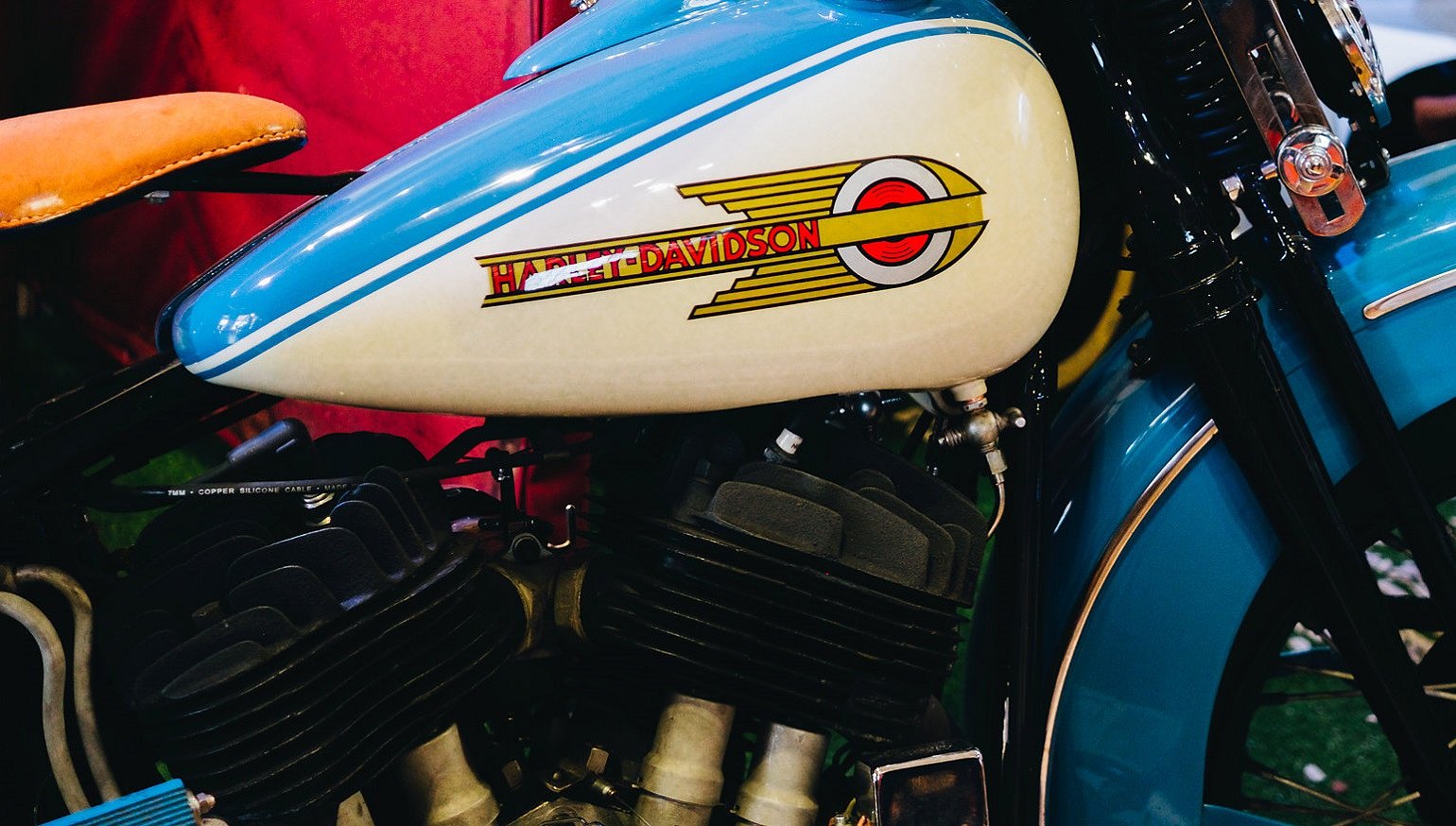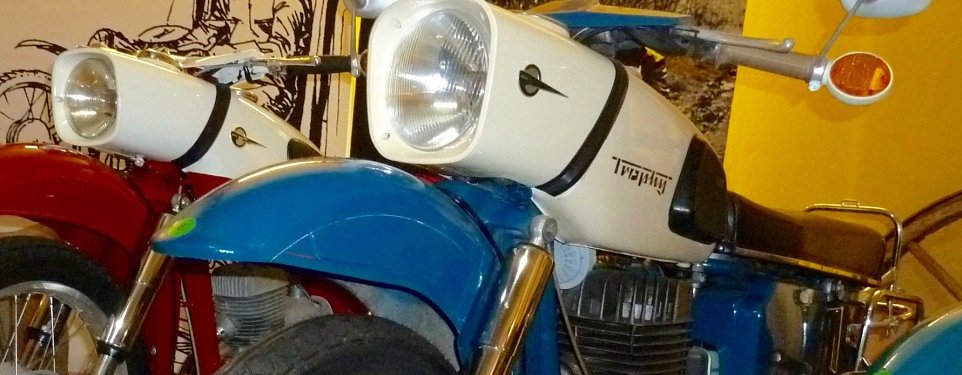In 1945, when the United States and Allied forces pulled out of occupied Czechoslovakia, they left behind materials to aid the locals in rebuilding their war-battered country. Among those supplies were 600 Harley-Davidson motorcycles.
Through circumstance and ingenuity, many of those 600 post-war bikes can still be seen on the roads of the Czech Republic today. History buffs will understand just how extraordinary that is. The Czech people lived through both Nazi and Communist occupations, nearly back to back. Under both regimes, American motorcycles and other symbols of Western freedom were banned. Despite that, the Czech riders held on to many of their Harleys.
Knowing that makes it a little less surprising that more than 60,000 motorcycles from over 70 countries descended upon Prague last week to honor the 115th anniversary of Harley-Davidson and the 90th anniversary of the oldest existing Harley-Davidson club in the world.

How is the oldest existing Harley-Davidson club in the Czech Republic?
History of the HDCP
In 1927, famous Czech motorcyclist Bohumel Turek married Růžena Nedvědová. Růžena, no stranger to the motorcycle, rode pillion in a 1,000-kilometer race with Turek shortly before they were wed. On their wedding day, a pack of 60 riders escorted the couple to the altar. The group was so united by the event that the Motoklub was born. One year later, the club officially registered with the Interior Ministry as Harley Club Prague and grew to about 150 members in its first official year.
During the Nazi occupation of Czechoslovakia, all Western symbols and products were banned. Fuel purchases were restricted to the military, and the occupying authorities often seized vehicles for their own use. Many owners and club members physically disassembled their bikes and buried them underground to avoid confiscation by the Nazi police. Many young couples sold their motorcycles when they had their first child, fearing that the possession of the Harley would endanger their children.

Many members of Club Prague purchased their first bike through the UNRRA supply. This gift had such a profound impact on Club Prague that members voted to adopt the name Harley UNRRA Club.
Surviving the Cold War
In February 1948, the Communist Party of Czechoslovakia seized power, and all Western influences and joys were again banned. The bikes had barely been dusted off when back underground they went — both literally and figuratively.
Despite the risk and the official opposition, why did the Czech riders hold on so tightly to their motorcycles?
“Because that was the only freedom that was left to us,” said club member Jaroslav Foltyn.
“To understand how the Harley-Davidson culture has endured, you must understand something about the Czech people," said HDCP member Tereza Ottova. "The Czech people don’t fight openly — normally. It is more like a passive resistance, and that is how you survive. If you cause a scene, you will lose everything. But to pretend to play by the rules, we were able to hold on to some control of our lives.”
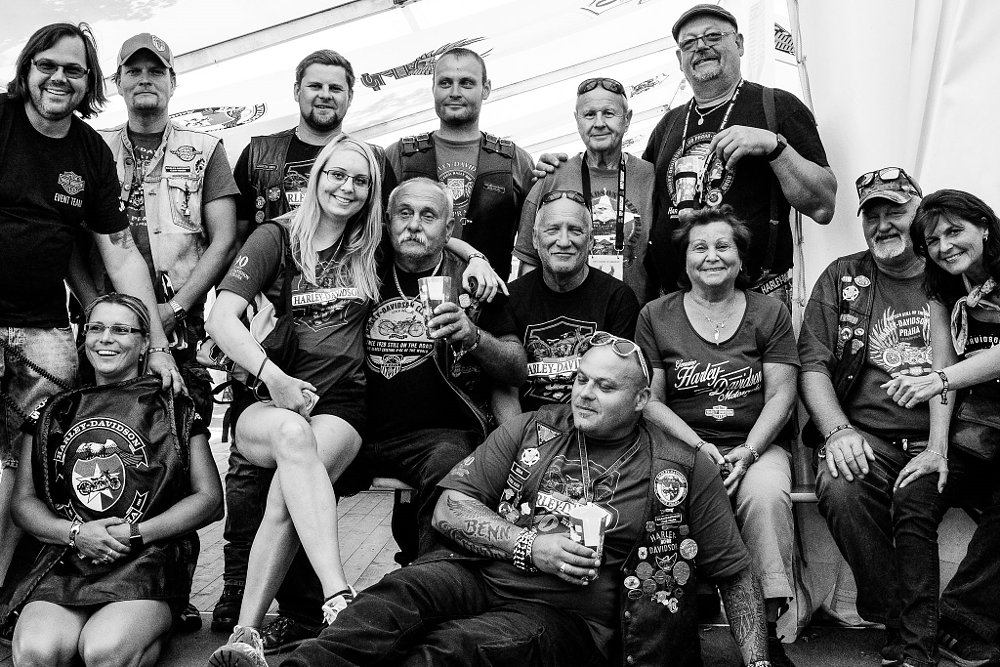
During Communist rule, the club was able to continue its charter by operating underground. In 1951, the communist state established “Svazarm,” an entity that controlled and absorbed all clubs and hobbyist organizations. To maintain even a tiny, muffled existence, the HDCP submitted to Svazarm and performed acts of communist patriotism at any events that were permitted. They joined other motorist clubs and pretended that their Harleys and the proud eagles on the marque didn’t represent the return of Western freedoms they were holding out for.
It also took another kind of ingenuity to keep the UNRRA Harleys running. From 1948 to 1989, no spare parts or new bikes were allowed into the country, so when a bike broke down or needed a new part, riders were forced to fabricate their own parts or create oddball solutions. Many of the UNRRA Harleys still carve up the roads of the Czech Republic today because of the effort the club members put into maintaining them. Some are in such pristine and running condition that the Harley-Davidson Museum borrowed a handful of them for an exhibit at the 115th celebration in Prague.
Of course, it wouldn’t be a ban without a black market. Club members Franta Sekuj and Standa Stary smuggled in a Canadian Harley that wouldn’t start. Club members like to tell the story of Franta and Standa jumping on the bike’s starter for two whole days. Allegedly, they even mounted a shoe onto the kickstart to take turns. After two days jumping on the starter and with no better idea, they swapped the carburetor from the new bike with another bike they already owned. To their amazement, both bikes started right up.
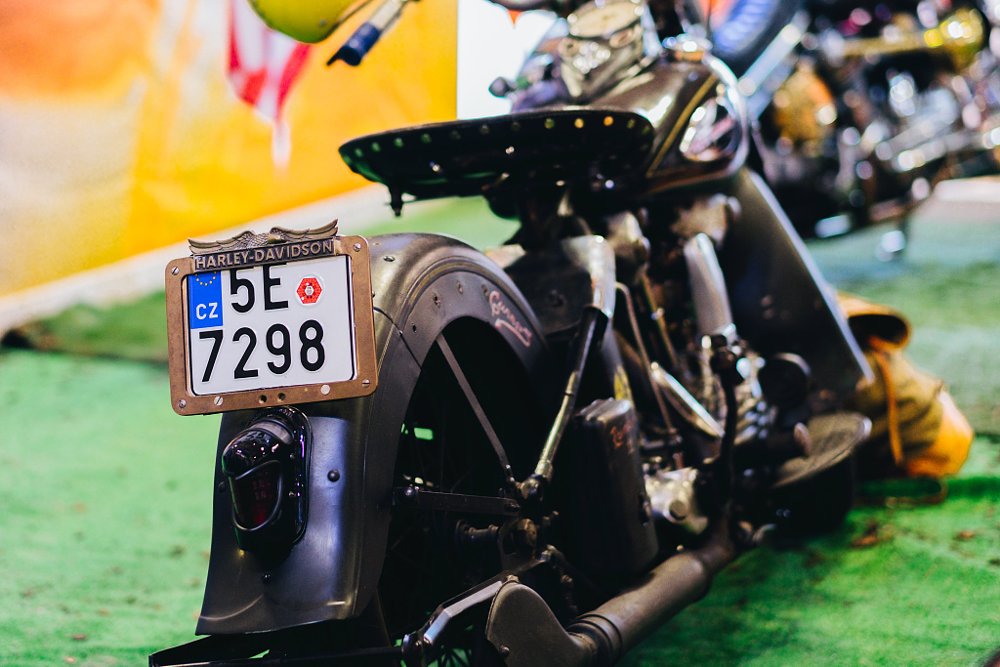
90 years strong, and to 90 years more
Today there are approximately 330 members of the Club Praha, and the club still meets on Thursdays, just like it did at its inception in 1928. The club members are proud to be the oldest existing Harley club in the world, but are quick to remind you that the distinction is “oldest existing.” Out of respect for U.S. predecessors, they always give credit to an older, but now defunct, club from San Francisco, which disbanded in 1978.
As Americans, it may be difficult to imagine how the Harley came to mean so much to a small European country with a population of less than 11 million people. We have our choice of the world’s motorcycles at our fingertips, unlimited fashions at our disposal, the rights to express our opinions, radios to blast rock 'n' roll, and the freedom to dance to it. From 1945 to 1989, the Czech people had none of those liberties. But, thanks to the gift of those 600 motorcycles and what they stood for, the Czech people carried a passion and gritty determination to endure, and a thirst for adventure down the road.
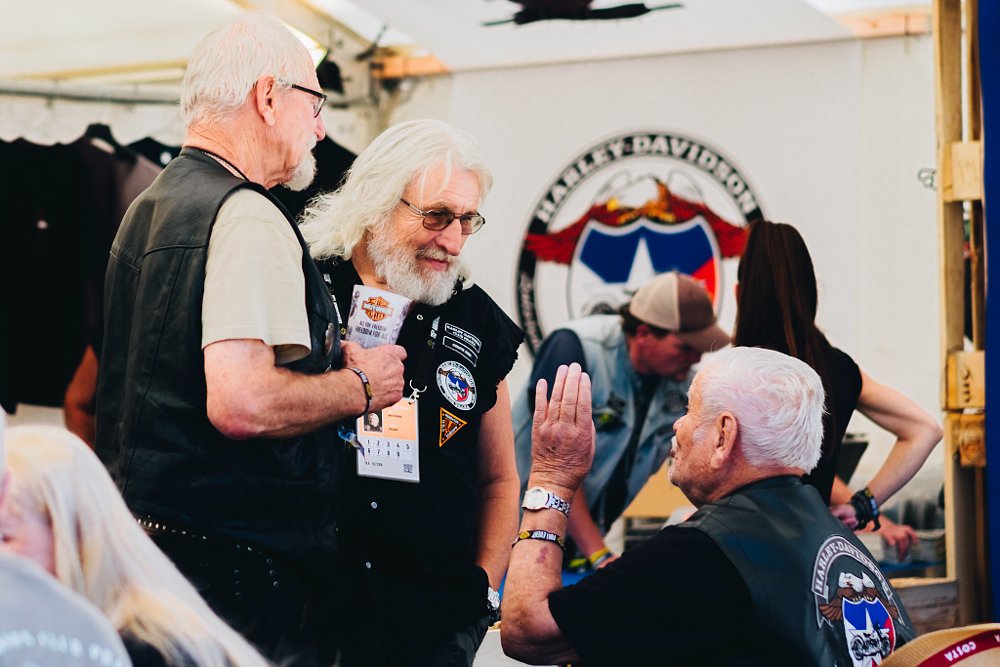
Martin Novak, the current president of Club Prague, started riding small European motorbikes at age 13 with his friends. But ever since he got his hands on a Harley, it’s been nothing but H-D. When he talks about the joys of the ride, it sounds like he's also talking about the club's road ahead.
“The road is the goal," said Novak. "We enjoy the ride, our friendships, too, but we want to ride as far as possible.”




